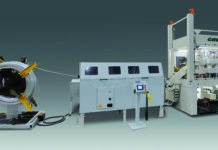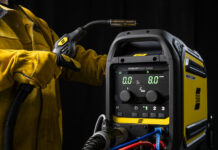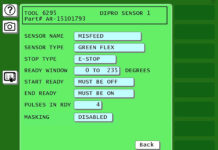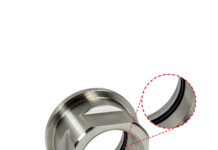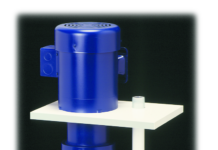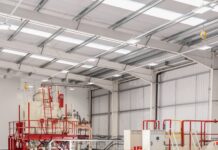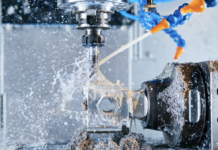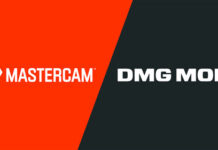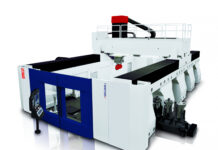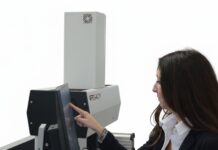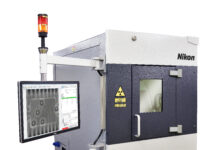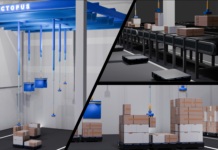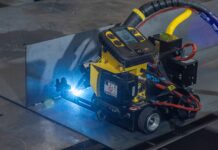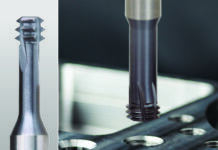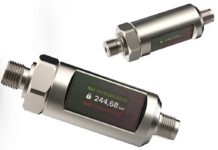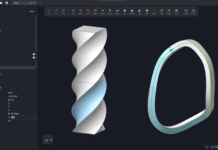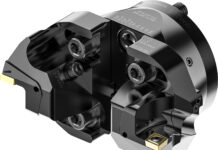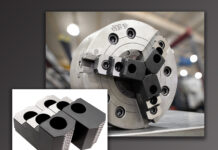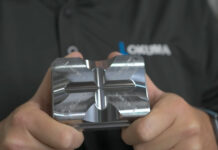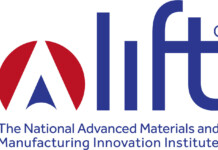Before cast urethane molding came along, there were limited economic options for producing small to medium runs for limited market releases and bridge applications. While injection molding is an excellent solution for mass production of identical products, it doesn’t offer a cost-effective production solution for low volume needs or highly customized products. Answering this gap in production options involves lowering tooling costs and speeding up turnaround while using materials with equivalent properties and functionalities as those of injection molded products. Soft tooling through cast urethane processes has proven to be the best alternative to hard tooling for low volume, end-use applications, for medical devices and training models, consumer products and more.
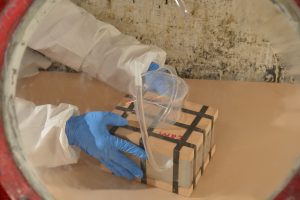
Beginning the Tool
Creating a soft tool for urethane casting begins with a master pattern. The surface of a master pattern is critical when forming a soft tool, as the surface is directly translated from the master pattern and onto the silicone. Engineers at Stratasys Direct Manufacturing typically equate the detail relay of platinum reinforced silicone to as fine as a strand of human hair. The most cost-effective, quick-turn master patterns are built using 3D printing.
Two additive manufacturing technologies offer the surface finish, feature detail and speed for optimal soft tool creation:
- PolyJet 3D printing – PolyJet master patterns are typically built with a 16 x 42 micron layer thickness with minimum feature sizes running around 0.012”.
- Stereolithography (SLA) – SLA layer thickness ranges between 0.004” and 0.005” with feature details as fine as 0.012” using high definition processes specifically for master pattern creation.
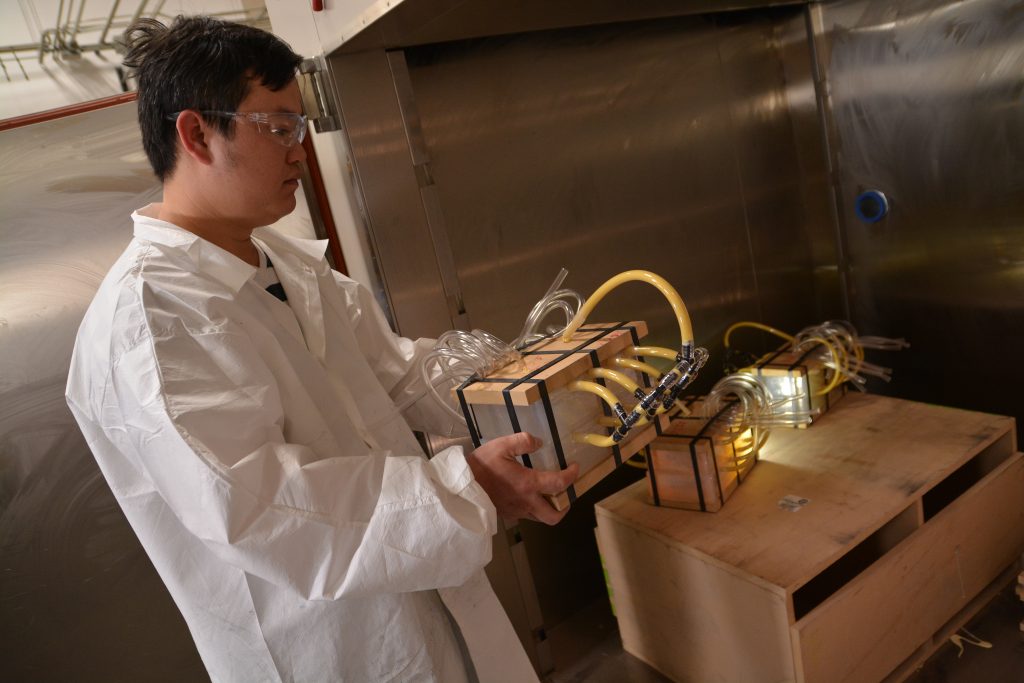 All SLA and PolyJet master patterns must undergo master hand finishing prior to tool creation; beginning with a smoother surface speeds along the process. Master finishing processes often progress from inside and outside dry blasting or hand sanding, to primer and painting to even glossy paint for surfaces where clarity may be crucial.
All SLA and PolyJet master patterns must undergo master hand finishing prior to tool creation; beginning with a smoother surface speeds along the process. Master finishing processes often progress from inside and outside dry blasting or hand sanding, to primer and painting to even glossy paint for surfaces where clarity may be crucial.
Once the master pattern is finished, it is secured via a proprietary method to pour and cure the silicone. After curing, the master pattern is removed, and the silicone is cast with one of many industrial cast urethane materials to result in a final cast product.
Considerations
Geometry – Stratasys Direct recommends turning to cast urethanes when the geometry of the part would require lengthy tool development times to properly emulate via injection molding. Cast urethane parts use 3D printed master patterns and CNC machined master patterns with fast turnaround times which outmatch hard tooling in order to provide a first shot with the right geometry in half the time of injection molding.
As with injection molding, cast urethane parts require a mold which can be broken apart to release the part; however, these molds can be more quickly developed and deployed with the use of 3D printing, resulting in complex soft tools delivered in just days.
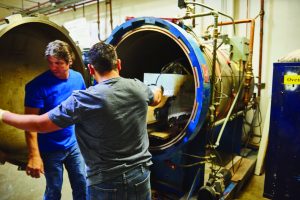
Timeline – When you know you’re eventually going to move to hard tooling, but need parts fast, cast urethanes become a jumping off point. While the tool is being created and the first shot developed, cast urethanes are used to meet market deadlines. Cast urethanes become the first launch for the product to negate any downtime and test the waters for customer input. A hard tool can take weeks to complete, whereas a completed end-use cast urethane product can be produced in as little as five to seven days.
Tool life – Soft tools cannot compete with the durability of a hard tool; silicone tools. They are good for 25 – 50 shots of a part before the soft tool must be retired. Hard tooling can be developed to last for thousands to hundreds of thousands of shots. Injection molded parts that do not feature extreme complexity or don’t require additional components can often be used right off the machine for its intended purpose, making it the best option for simple production runs. Hard tools can additionally withstand higher temperatures than a soft tool, making them more ideal for certain high-temperature materials.
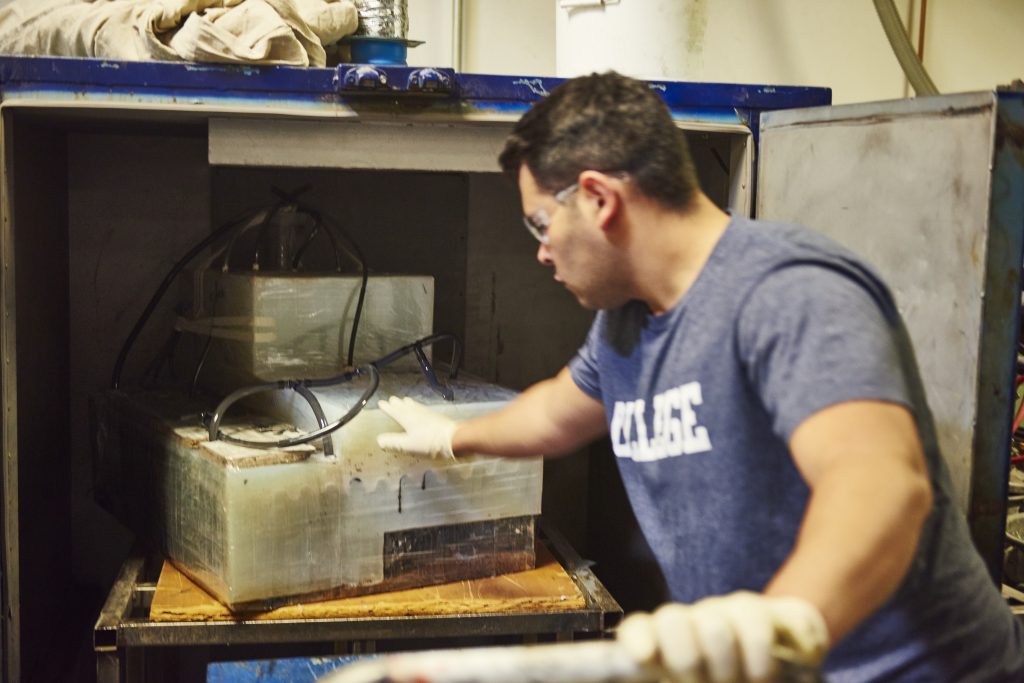 Finishing – Cast urethanes are also a great solution for applications that require smooth surfaces without a lot of post processing and for strong inserts or threads. For example, Stratasys Direct is able to produce 50-100% stronger bonds than traditional heat-staked inserts using proprietary cast urethane micro-welded processes.
Finishing – Cast urethanes are also a great solution for applications that require smooth surfaces without a lot of post processing and for strong inserts or threads. For example, Stratasys Direct is able to produce 50-100% stronger bonds than traditional heat-staked inserts using proprietary cast urethane micro-welded processes.
Material, volume, turnaround and geometry will factor into any decision involving soft versus hard tooling, but there are many options available to your project today that may have been invisible only a decade ago. The material properties of cast urethanes and even 3D printed parts have opened doors for lower volumes of production runs which in turn makes custom tailored parts an economic reality. One-off units or specialized low volume parts for a niche targeted market aren’t impossible to achieve.
About Stratasys Direct Manufacturing
Stratasys Direct Manufacturing is the leading provider of 3D printing and advanced manufacturing services utilizing a broad range of additive and conventional technologies. As a subsidiary of Stratasys, they leverage 30 years of 3D printing, design and engineering experience to ensure customers’ project success in each stage of product development, from prototypes to production runs.
PHOTO CREDIT: Stratasys Direct Manufacturing


